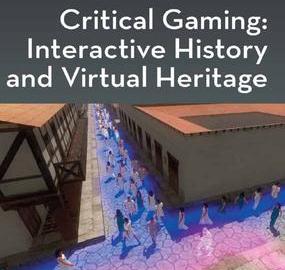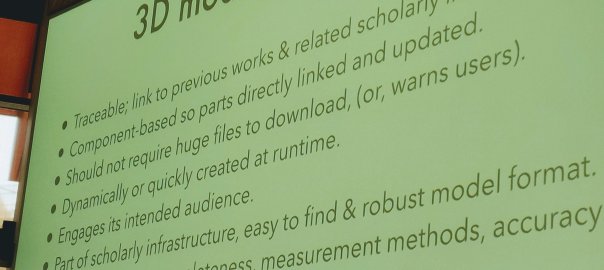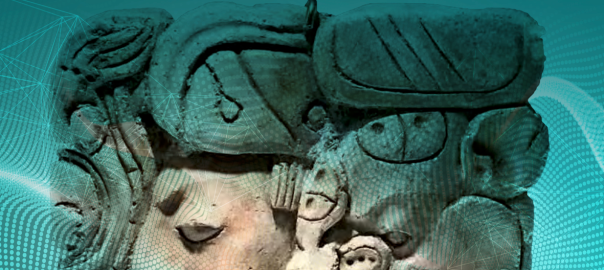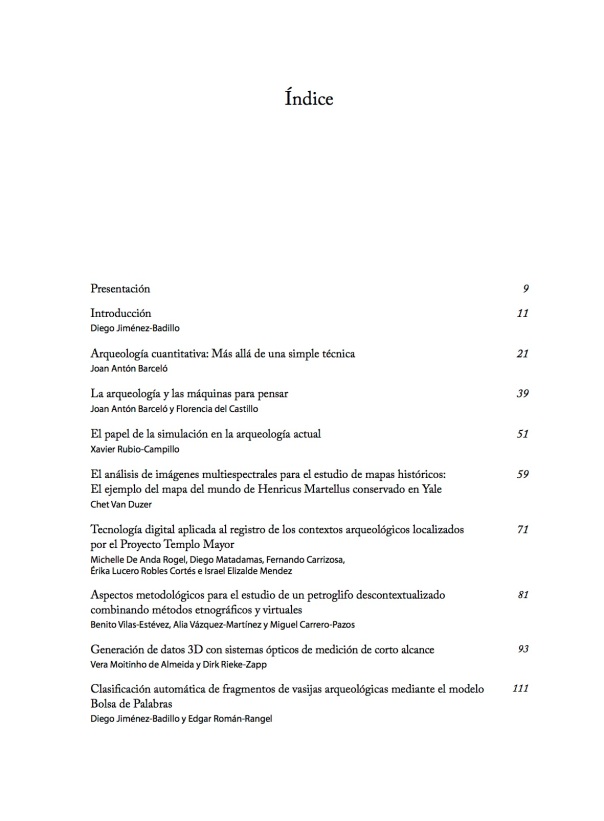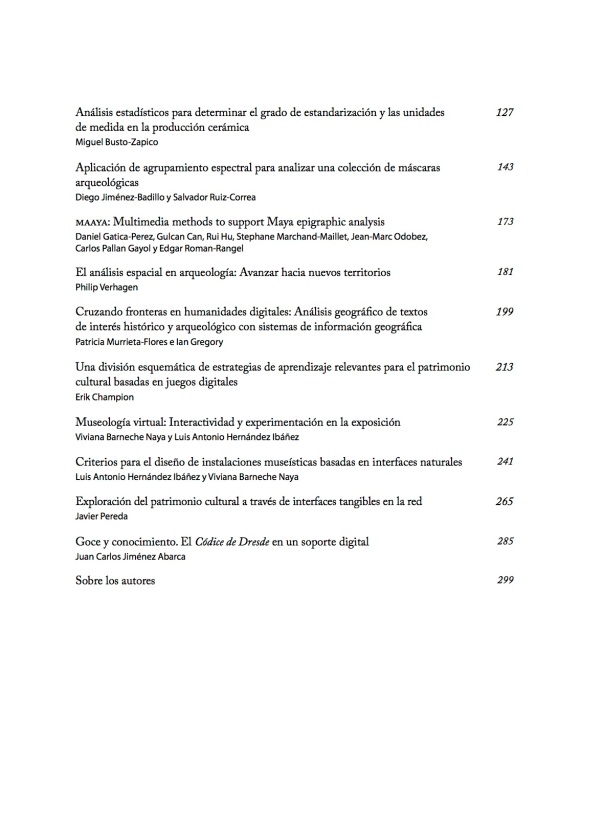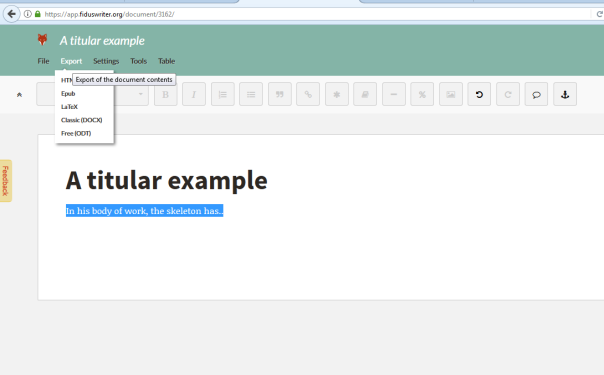| PUBLISHER | POUNDS | USD | EURO | AUD |
| Punctum | £2,490 | USD 3,000 | 2,789 € | AUD 4,681 |
| Ubiquity Press | £3,650 | USD 4,417 | 4,088 € | AUD 6,862 |
| White Rose | £6,000 | USD 7,260 | 6,720 € | AUD 11,280 |
| Bloomsbury | £6,500 | USD 7,865 | 7,280 € | AUD 12,220 |
| Amsterdam | £6,950 | USD 8,410 | 7,784 € | AUD 13,066 |
| Routledge | £10,000 | USD 13,000 | ? | AUD 18,800 |
| Springer | £11,000 | USD 15,000 | 11,000 € | AUD 20,680 |
- Mattering Press ask 6000 British Pounds from authors, books are charged to print, free to download https://www.matteringpress.org/about/funding-model-and-fees
- ETC Press has a similar method but editors/authors are not asked to pay (royalties are shared) https://press.etc.cmu.edu/index.php/for-authors/frequently-asked-questions/
- Open Humanities Press http://www.openhumanitiespress.org/books/series/ does not charge author fees.
- Punctum Books https://punctumbooks.com/submit/ don’t have traditional book publishing charges but ask for funding if your grant etc has such capability, say $3,000-5,000 USD or €2,772-€4,620 ($5,230- $8,800 AUD). NB: “…our preferred procedure for the submission of completed manuscripts is for authors to send those to us any time between May 1 and July 31 of each year.”
- Amsterdam University Press can provide open access from €6,950 ($13,060 AUD).
- White Rose University Press offers open access books, at a charge to the author for an 80,000-word book, starting from 6,000 pounds (€6,710) (from $11,270 AUD).
- Ubiquity Press charge £3,650 for a 30,000-word book to £4,600 for 100,000-word books (from $6,860 AUD) and more for copy editing and indexing.
- Bloomsbury: £6,500 (€7,300 Euro, $12,210 AUD) for books with less than 70,000 words.
- Compare the above with Springer or Routledge. Routledge also offers preprint on own site, 18 months after on academic etc while Springer offers 10% of preprint.
- NB there is also ARC Humanities but I don’t see their book publishing charges listed. Green Access is: full PDF on own site, preprint on academia etc
NB Ubiquity Press lists some handy links for funds for open access book publishing.


